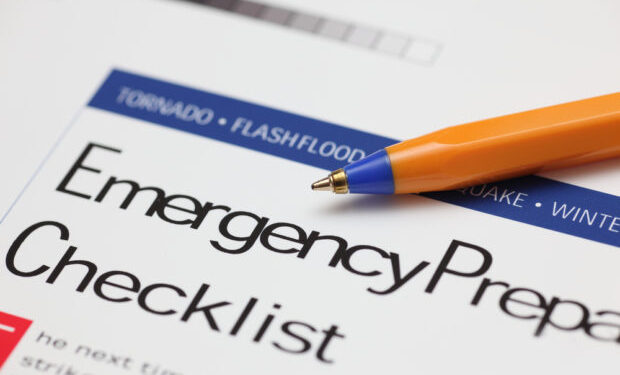As a community rec center, it’s important for you to have an emergency plan in place for any situation, including an active shooter. Although shootings in fitness facilities are rare, they aren’t unheard of. Due to the unpredictability and high danger of active shooter situations, it’s very important to have the right protocols and training in place.
We spoke with Nicole Bandura, the regional director of risk management for the YMCA Newtown Branch about the importance of active shooter emergency protocols and how to implement these strategies with your staff:
CS: What protocols do you have in place for active shooter situations?
NB: We have the active shooter emergency action plan (EAP) in our manual — each branch that we have has their own separate manual, it’s pretty standard with the procedure that we go through. A lot of the steps we take and the procedures we put into place are from the Active Shooter Preparedness Guide from Homeland Security — the “run, hide, fight” kind of scenario that they put people through. We’ve run some after-hours drills before where we actually put the emergency action plan into play, run through scenarios with our risk management team and work out any of the kinks. If we think a step doesn’t necessarily work for that branch, we’re able to tweak it and update it as we run through those drills together.
CS: Are there any challenges in implementing safety protocols?
NB: They do get a little difficult, only because it’s such a sensitive topic. It was something that a lot of people were sensitive to and didn’t necessarily want to talk about, so I think the difficulty was educating not only our staff — all the way from part-time to full-time — but educating the members, saying, “This drill is in place. This is a difficult conversation, but these are in place because, unfortunately, these things do happen.” It was about getting people comfortable having that conversation and saying, “This is something that’s on our radar, this is important. We want to make sure every person who walks through the door of any of our branches is safe to the fullest extent.”
CS: How do you educate your staff on these procedures?
NB: We have a risk management committee of about eight to 12 people, which fluctuates depending on who’s coming on board. We have monthly meetings and open conversations about the active shooter drill and other ones, of course. I’ve taken training before, I’ve gone to seminars on active shooter emergencies, I’ve talked with local emergency services to get the information and then I’m able to push that information to the staff. It really starts in a room with that committee — we’re able to have an open dialogue about it.
CS: How do you educate members on these procedures?
NB: That is something we actually added to our plan last year at the beginning of summer. It was something where we felt like we were doing all this great work internally and we wanted to let members know and the community know we hold a certain standard for safety. And it specifically started around the camp families — we serve such a large group of children through our camps at all our sites. We really wanted to reach all those families and say, “These are the steps we’re taking as a staff to ensure your children are safe when they’re under our care.” That’s just starting to take off — sending out newsletters, weekly emails that get sent to the broader membership that we have. We were able to put some touch points in there last year, and we got some good feedback from people. They really appreciated knowing we were taking the time to listen to these seminars and have these conversations about certain emergencies that could take place.
CS: Do you have any advice for other health clubs on how to handle emergency active shooter protocols?
NB: It’s something that should be revisited. I think there’s a lot we can learn from the things that are happening every day in other venues around us. Never stop adjusting your strategies. The seminar I went to was extremely beneficial — you’re able to talk to local services and get their feedback. One thing we did was take our emergency plan, the whole manual, and you can use your local police department, you can use those local emergency services people, and say, “Look over this. Is this what you would recommend? Does this make sense for our location?” My advice to them is to create a relationship with the local services so you can run this by them and they’re comfortable with your plan, should anything happen.
This article originally appeared on the Club Solutions website in February 2018.
Bobby is the former editor of Community Rec Magazine.










